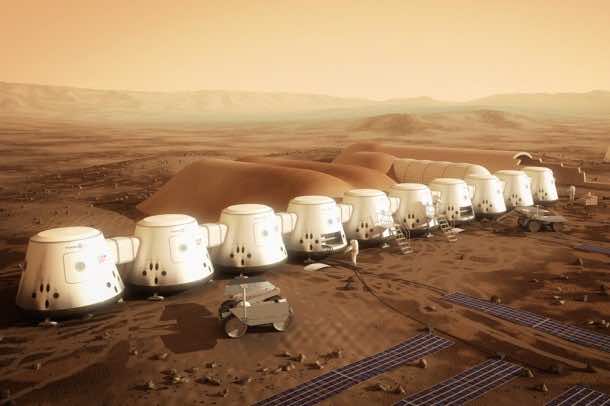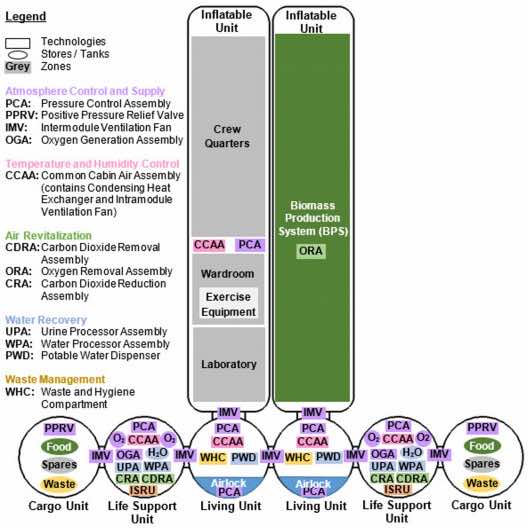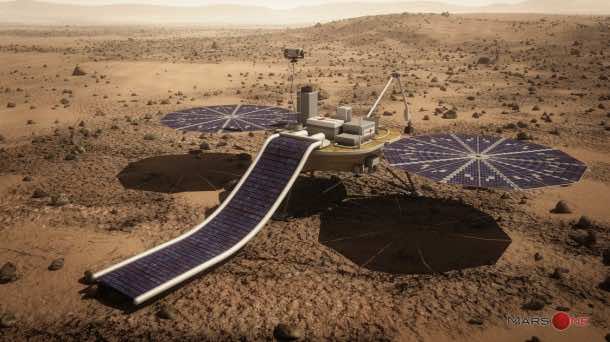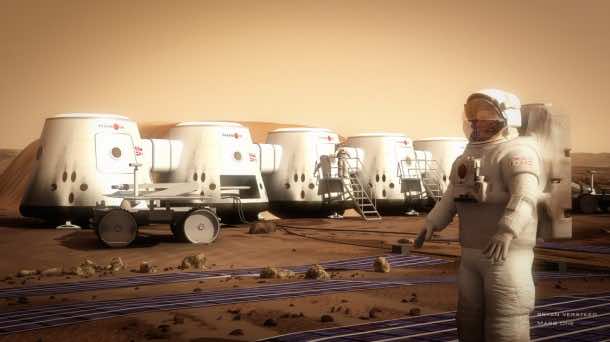So, ready to make that trip to Mars? Yes, it is possible through the Mars One initiative. The plan aims at sending people to Mars in the next ten years or so followed by the construction of a colony on the Red Planet. So far this plan has received some heavy criticism based on realistic grounds, however, a recent study carried out by students at MIT has literally knocked out this initiative.
The study has concluded that the colonists will die within 68 days after landing on Mars. The myriad of reasons for this conclusion include risks of explosion, low availability of spare parts and the low air pressure. Students identified multiple ‘failure conditions’ leading to the unlikely scenario of death. In the conclusion, students wrote, “The first crew fatality would occur approximately 68 days into the mission.”
Now the question we all should be asking is what in the world is going on over here? According to the study, the astronauts won’t have access to enough food. While scrutinizing the Mars One’s mission plan, the students concluded that those who would go to live there would, at the end of the day, starve to death. Mars One talks about growing crops but the students question the sanity of this approach.
The students have pointed out that growing crops would result in the creation of large amounts of oxygen that will subsequently create a flammable environment. To prevent such a scenario, oxygen will have to be showed the way out while retaining the nitrogen to maintain the air pressure. What’s the problem with this? As of now, we do not have technology to execute this on another planet.
Students wrote in the study, “Our habitation simulations revealed that crop growth, if large enough to provide 100 per cent of the settlement’s food, will produce unsafe oxygen levels in the habitat. As a result, some form of oxygen removal system is required – a technology that has not yet been developed for spaceflight. After 130 months on the Martian surface, spare parts compose 62 per cent of the mass transported to the Martian surface.”
The final point that the students raised was about the fact that Space X will have to make use of 15 launches of Falcon Heavy while costing $4.5 billion per trip. Space X has yet to test this rocket out and the students say that making such ambitious claims while the rocket has yet not been tested is not very realistic.
The students did come up with a solution that talks about designing a structure that will be used solely for the purpose of growing food and store the excess oxygen as well. This way only the required level of oxygen shall be released in the environment.
Mars One CEO, Bas Lansdorp, responded by saying, “I’ve talked to very knowledgeable people – experts with companies like Lockheed Martin – who tell me these technologies will work. The major challenge of Mars One is keeping everything up and running. We don’t believe what we have designed is the best solution. It’s a good solution.”


